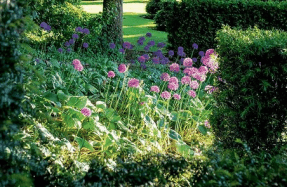With the Grain



When they arrive at their destinations around the world, carefully packed in protective containers, and are shifted into place by mechanised rollers or a dozen unknown men, Alison Crowther’s oak sculptures carry all the excitement of the new. Yet the truth is that these magical living pieces, shaped by hand to reflect the weight of a bough, a fungal disease, a season of gales, sunlight and snow, or intermittent years of flood or drought, are already hundreds of years old. Mounted in place and surrounded by steel, glass and passing feet, or resting in the private gardens of a lucky few, their rounded organic forms retell the life of the English woodland from whence they came.
English oak has always been Alison’s material
You’re reading a preview, subscribe to read more.
Start your free 30 days





